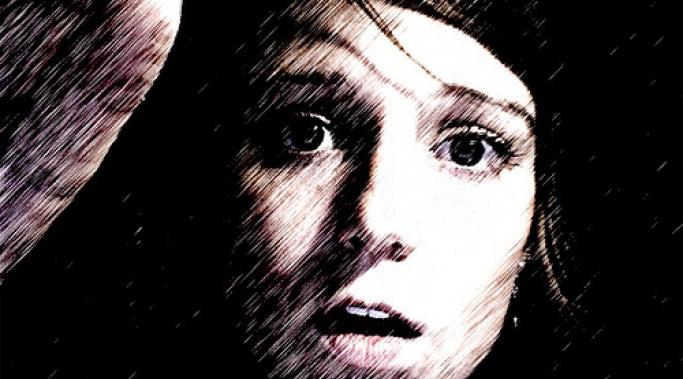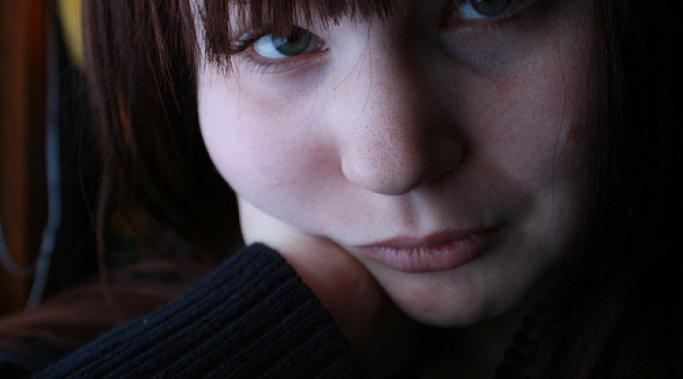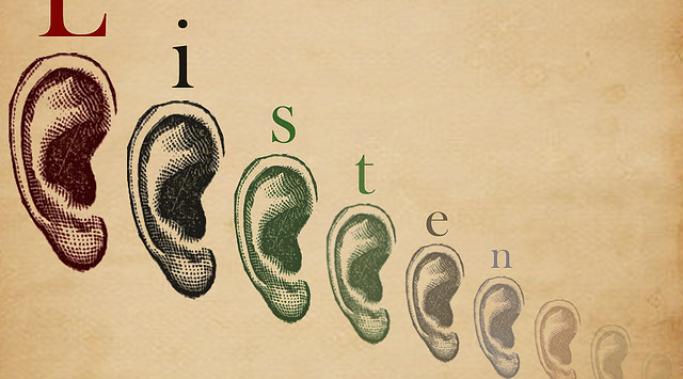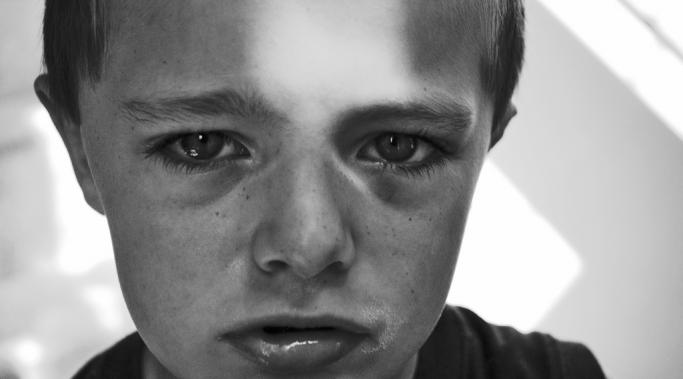I remember a certain meeting with a girlfriend in a coffee shop. I arrived before her and sat working on a crossword puzzle while I waited. It wasn't long before she was standing next to me saying, "Hi!" I looked at her, and even though I knew my purpose in the coffee shop that day - to meet her - it took me a moment to understand who she was. It was a jarring moment in her Dissociative Identity Disorder education. "You didn't recognize me," she said. She was right. I didn't immediately recognize her, even though by then we'd spent hundreds of hours together. But it wasn't amnesia, the form of dissociation one might suspect, that prevented me from recognizing her. It was a different dissociative symptom: derealization.
Dissociative Living
What's it like to live with depersonalization in dissociative identity disorder ? Articulating the answer is challenging for me. Partly because I don't know what it's like to live without DID; partly because describing it requires a base-line level of awareness that dissociation by nature impedes. And partly because the question is so large, sort of like asking what it's like to be female. Breaking dissociation down into the five primary ways it manifests makes illuminating the experience of living with dissociative identity disorder easier. Depersonalization - the feeling that you're separate from your body - is the first.
Among those with Dissociative Identity Disorder, there's some debate about whether it should be called a disorder at all. Some even view DID as evidence of mental health. When you consider that its development is regarded as an example of adaptive functioning by many of both those who live with it and those who treat it, it's easy to understand why some might dispute the mental illness label. Mental illness by definition implies maladaptive functioning - it interferes with and disrupts daily living. But Dissociative Identity Disorder is often described as life-saving. Which is it?
I Can't Tell You I Have DID. You Don't Understand.
I no longer hide the fact that I have Dissociative Identity Disorder. The major players in my life know I have DID. When it comes up in conversation, when not mentioning my diagnosis would require lying or warping the truth, I tell people I have DID. It's a new way of living for me and it's teaching me a lot about myself and others. One of the most surprising things I've discovered is that just as there are assumptions about DID in the general public, there are assumptions about the general public in the multiple community. Those assumptions obscure the potential for acceptance and support, and create barriers to understanding dissociative disorders.
Yesterday was a big day for me and my son. He started middle school. I received a painful reminder that I'd be a better mother if I didn't have Dissociative Identity Disorder and the unique memory problems that go with it.
Dissociative Identity Disorder can leave you feeling like much of your life is out of your hands, subject to the varying agendas of your alters. Last week, in the comments to my post Love and DID: Sometimes More is Less, reader Dana offered an insightful perspective on the potential payoffs of greater system awareness and communication:
The decision to disclose your dissociative identity disorder (DID) is a deeply personal one. Many, perhaps most, people with DID live in near silence about their disorder. They may tell only their family or no one at all. Some choose to share their dissociative identity disorder diagnosis not just with family but also friends. I belong to a smaller group of people who publicly say, "I have DID." What's comfortable for you may be unhealthy for someone else, and vice versa. With that in mind, what I offer you today isn't advice on whether or not to reveal your DID diagnosis, but a short list of DOs and DON'Ts - things to keep in mind when considering disclosure.
Living with Dissociative Identity Disorder is, among other things, lonely. I often feel like I'm watching my life as it's lived by braver or more competent others. A situation presents itself and, without conscious choice, the deck that is my system of alters begins to shuffle. Some force outside my control determines, almost instantaneously, the card best suited for the circumstances; and the card plays until the shuffling begins again. On one hand, this identity alteration is precisely what has allowed me to find employment, make friends, and parent a child. On the other, it's what separates me from the world and makes intimacy an illusion that only rarely becomes my reality.
As a little girl, I loved going to bed at night. Alone under the covers, the room dark and quiet, I went away. I wasn't asleep, though I drifted off eventually. I was just gone. It was the most glorious relief. It was my secret trick, this disappearing act. I didn't know then that it's name is dissociation, or that it took many forms and existed to meet my needs. I called it "thinking." Even today, when someone brings me back from another place with a question or comment I often reply, "Oh sorry, I was just thinking." Even today, my ability to disappear is my greatest comfort. And it was born of an enormous need. This unmet need for comfort, The Comfort Factor, is one of the reasons I have Dissociative Identity Disorder.
Dissociative identity disorder (DID) is a trauma disorder usually caused by childhood abuse, but we don't often talk about the age factor in the development of DID. I struggled for a number of reasons to accept my DID diagnosis, not the least of which is the hyperfocus on trauma (to the near total exclusion of all other developmental causes of DID) in popular understanding of DID. I couldn't make sense of the fact that I knew people who survived truly horrific circumstances and didn't have DID. Now I know that although trauma is the key ingredient, without which DID - it would seem - simply doesn't manifest, it isn't the only ingredient.









